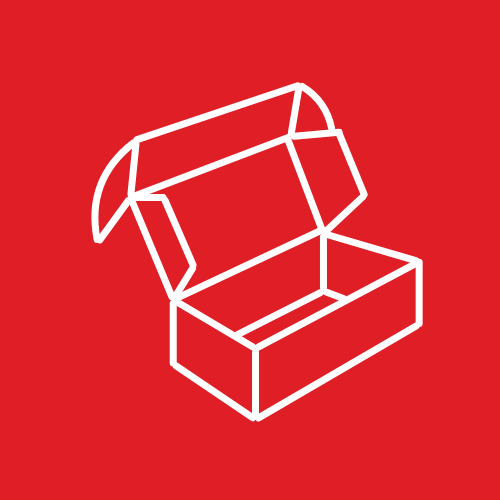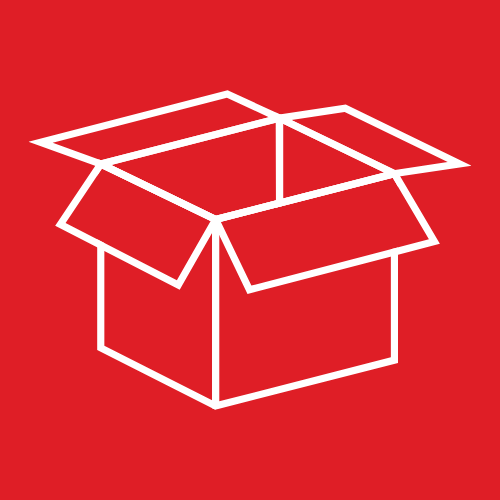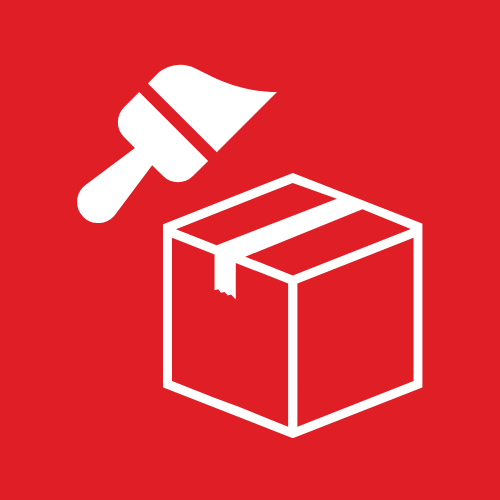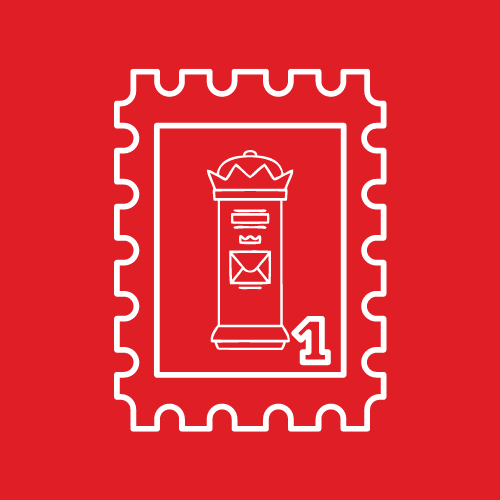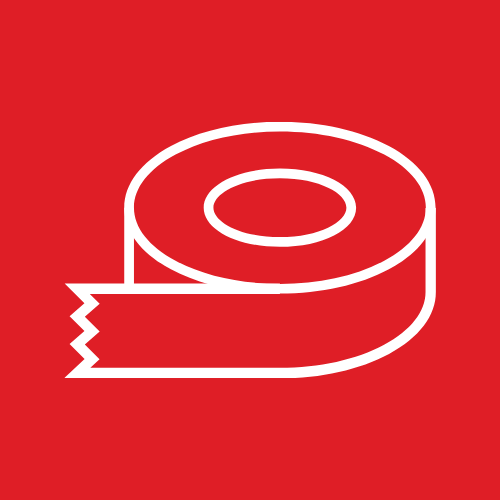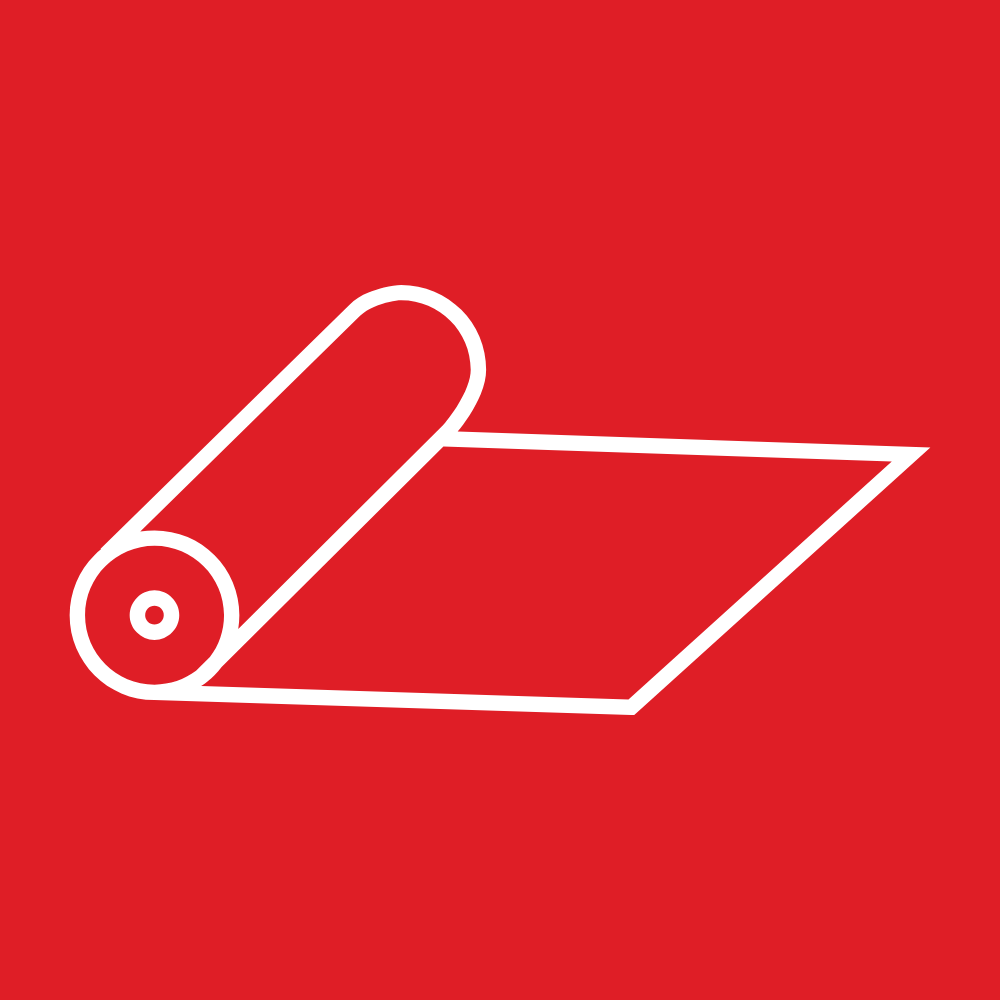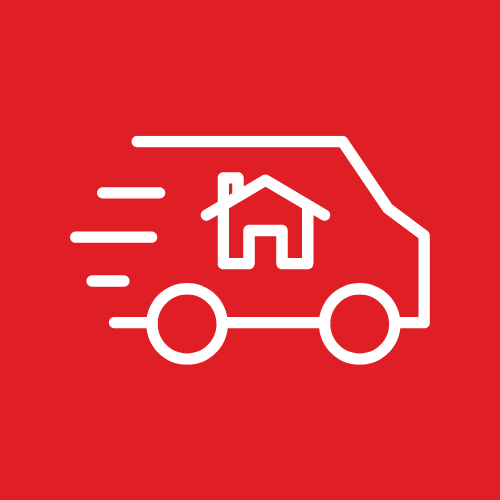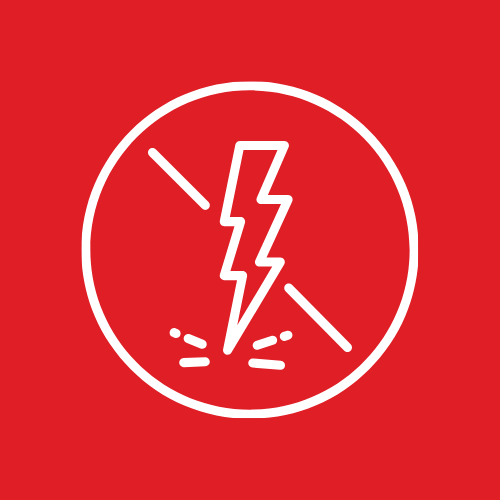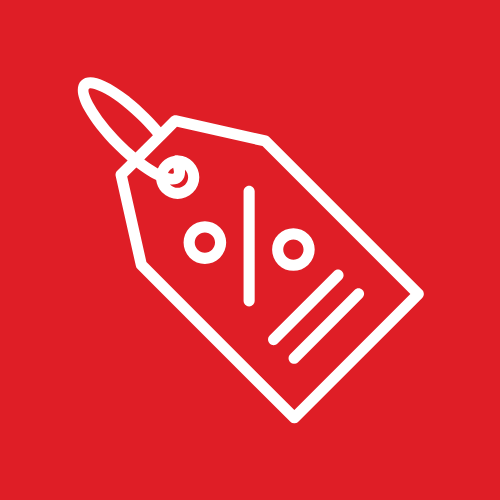Your Box. Your Way.
Looking for a fully custom mailing box? Choose your size, style, grade, colour and finish to create a truly unique box that perfectly aligns with your brand and resonates with your consumers. Below you'll find everything you need to know when designing the perfect box.
Already know what you want? Click the button below to start your journey to perfect packaging!
FEFCO STYLES
FEFCO styles are standardised packaging designs for corrugated boxes created by the European Federation of Corrugated Board Manufacturers (Fefco).The FEFCO system uses a universal numerical code to identify different box styles, which makes it easy to buy the right box.
0427
One of the most common types of Mailing box, An 0427 is a type of postal box that is strong, easy to assemble, and self-locking.They are also known as hinged-lid boxes.
0426
0426 mailing boxes are also known as pizza-style boxes and are suitable for a variety of packaging needs. They have folding flaps that lock into place to form a double layered side.The top of the box tucks in and can be designed with a locking lid.
0471
An 0471 mailing box is a die-cut cardboard box that is similar to an 0427, but without interlocking side flaps. It is a type of hinged-lid box with self-locking walls.
0421
An 0421 is type of mailing/display box with a self-locking base. It features a hinged lid and a self-locking bottom that automatically locks into place when assembled. This design is often used for retail displays, offering both protection for the product and easy access for presentation.
Other FEFCO Styles
There are many FEFCO styles, but the first two digits of the FEFCO code can help you identify the nine basic styles. The FEFCO code for mailing boxes usually begin with 04.
FLUTE TYPES
The flute is the “corrugated” section between the two liners, and by changing its’ height (and therefore the size of the flutes) it is possible to achieve different performance characteristics.
B Flute
B flute is amongst the most commonly used types of cardboard used for packaging applications. Being 3mm in thickness, it is exceptionally versatile and can be used in both die cutting and regular case-making processes
It gives good all-round performance in all types of packaging.
E Flute
E flute is approximately 1mm to 1.5mm in thickness, providing a very fine flute. This not only gives it excellent compression strength and crush resistance, but also means it provides a high quality surface for printing.
As a result, it is commonly used smaller cartons, where good quality print is required, plus die cutting applications.
BC Flute
Being 6mm to 7mm in thickness, this double wall material combines both B and C flutes together. This gives a good all round performance, making it common for producing shipping boxes that offer a higher level of transit protection.
EB Flute
Around 4mm to 4.5mm thick, EB flute (as the name suggests) combines E and B flutes into a double walled material. Due to utilising both a very fine (E) and relatively large (B) flute, this grade provides an excellent balance between transit protection, strength and print finish.
Other Flutes
There are many other flutes available, including A flute, F flute, C flute and combination flutes such as Triwall. Some flutes such as A Flute and F flute are considered micro-flutes and are primarily used for display and retail packaging.
BOARD / BOX COLOUR
We offer a variety of different board colours and finishes. We hold a range of stock colours, however corrugated board can be coated with a color flood coating to match a specific Pantone color. This can help ensure that packaging has a consistent color and appearance.
Brown Kraft / Test (Brown)
Kraft paper is the most traditional finish as it is left untreated to show it's natural colour derived from the wood pulp used during the manufacturing process. Kraft paper can be printed on using screen, laser, or inkjet printing. Darker and muted colors work best on traditional brown kraft paper.
White Kraft / Test (Brown)
Made by bleaching the pulp during manufacturing, white kraft paper has a clean, polished look. It's often used for applications where a refined appearance is desired. This board has an internal brown/test liner.
White Kraft / White Test
Made by bleaching the pulp during manufacturing, white kraft paper has a clean, polished look. It's often used for applications where a refined appearance is desired. This board has an internal white/test liner.
Stock Colours
We hold a range of stock colours including Black, Red, Pink, Dark Blue, Ultra Violet, Dark Green, Orange, Yellow, Gold and Silver. This board comes in a semi-gloss clay coat outer finish with an internal White test liner. Our stock colour board grade is 150Y/150WT. The option to reverse the colours is also available to enable the colour to show internally and the white test liner externally.
Pantone Matching
Corrugated board can be coated with a color flood coating to match a specific Pantone color.This can help ensure that packaging has a consistent color and appearance, which can aid in brand recognition and sales. This option can be more costly and higher MOQ's may apply.
PRINTING TYPES / FINISHES
To make your packaging look as eye-catching as possible, there are a number of different print options available. Each print technique has a range of benefits (and limitations) specific to it however.
Digital Printing
Whilst the cost-per-page of printing can often be higher than traditional techniques, this cost if offset for low volume runs by there being no mechanical set up costs or need to purchase / replace printing plates. Digital printing is cheaper than traditional options for low volume printing jobs and artwork can be amended during production with no need for new plates / setup.
Flexographic (Flexo) Printing
Flexography (flexo) is a form of printing that which makes use of a flexible relief plate. It is often referred to as being a modern day version of the letter press.
One of the main benefits of flexographic printing it that it can be used to print on to a wide range of substrates (materials) including plastic, foil, brown paper, cardboard and other packaging materials.
Cost of printing plates means it is not suitable for low volume runs.
Litho Laminated Printing (Lithographic)
The process is based on the repulsion of oil and water. The image that is to be printed is coated with ink from rollers within the printing press. The areas that are not to be printed attract a coating of water and as such repel any ink and remain unprinted. Lithographic printing achieves a high quality and consistent image every time, but is not cost effective for short runs.
Screen Printing
Screen Printing is one the oldest and most basic forms of printing. Yet it can still be used for printed cardboard packaging.
It is a print technique that makes use of a mesh to transfer ink onto a material. Despite its’ simplicity, this technique can produce excellent quality single or two colour designs.
BOX CUTTING PROCESSES & TOOLING
DIE CUTTING
Die-cutting is a process whereby a die is used to cut through materials such as paper and card on a die press. The process allows you to make an identical cut into material numerous times. For each job, a die, which is a shaped blade, is custom made for the item being created. A roller press is used to crush the cardboard onto the die, allowing the design to be cut out from the board.
CAD / CNC CUTTING
CNC cutting for cardboard is a process that uses computer numerical control (CNC) machinery to precisely cut and shape cardboard based on digital designs. No die/origination is required and is often good for sampling and low quantities.
TOOLING / ORIGINATIONS
A cardboard die, also known as a cutting die, origination or tool, is a metal tool used to cut, shape, and score cardboard into custom shapes and designs. When ordering a custom mailing box, a one off tooling charge will be applied. This one time charge will not be applicable on reorders and your tool will be stored at our manufacturing facility.
So, Now You Know.
Ready to revolutionise your packaging? Click the button below to start your enquiry. If you're still unsure or have any questions, feel free to contact us HERE.
Drawer Title
- Choosing a selection results in a full page refresh.

